An Interview with Professional Learning Partner Guide Manager Joslyn Richardson
As the application cycle heats up, professional learning providers are busily working on their submissions to the Professional Learning Partner Guide (PLPG). To get an inside look at the process, we caught up with PLPG Manager Joslyn Richardson to learn what’s top of mind during this critical phase.
Applying to be part of the PLPG is a rigorous process. Walk us through what providers need to do to apply and be approved.
To be included in our guide, vendors or professional learning organizations must undergo a rigorous application process designed to help us evaluate their professional learning materials for quality, including their content and curriculum expertise. We also evaluate their internal processes for ongoing improvement of their services. Providers are evaluated against evidence-based professional learning practices in our PLPG Rubric. In order to be featured, providers must pass three gateways, and each application cycle takes about six months to complete. Trained reviewers score the applications independently and then come to a consensus on the score. Applications open twice a year, in March and in September.
As you start reviewing submissions, what excites you most about the services providers are offering?
I am excited about our two new indicators in which both existing and new providers must show competency. The first indicator is for coaching and can be found in our Ongoing Implementation Support for Teachers application in Gateway 2. We felt it was important not only to evaluate the quality of coaching support offered by providers but also to communicate that ongoing support for teachers involves offering coaching and building the capacity of district and school leaders to provide coaching in their buildings. Research shows that teachers feel coaching is the second most impactful professional learning type after collaborative learning. Users of the PLPG will soon be able to filter their search by coaching, and those providers who passed that indicator will show up in the search results.
Our other new indicator can be found in the Ongoing Implementation Support for Leaders application in Gateway 2. We felt it was important to communicate the importance of—and evaluate professional learning providers for—how they support leaders in utilizing data aligned to their instructional materials to monitor and improve implementation.
This cycle, we’re debuting some improvements to the PLPG identified during the validity study conducted by the National Implementation Research Network (NIRN). What additional insights will the improvements give PLPG users?
Our partnership with NIRN has been incredibly important. It gave us even greater confidence in the PLPG rubric and pointed to strategic places where we could make it more effective. Another enhancement to the PLPG search page will be the updated Scope and Sequence of work documents. Providers share a scope of work of their services, including agendas, session goals, audience served, and timeline. This scope of work will help users have more detailed information on services to make better informed decisions about which providers could meet their district’s needs.
Thinking about the state of the professional learning market, what are areas of strength for existing providers, and where are they working to grow?
Overall, our providers do a great job with providing HQIM-specific professional learning that builds educators’ understanding of implementation. I see many providers actively improving in how they address equity and bias in their professional learning and how addressing these issues affects the delivery and implementation of instruction.
While it’s on the rise, use of external professional learning providers is still relatively low. Why do you think this is, and what can the PLPG do to help?
While there have been year-over-year increases in externally provided PL, I think there are a number of reasons why districts choose to provide internal professional development for HQIM implementation. One reason is that district leaders may not feel as confident leveraging data as they shop for external providers due to uncertainty around evaluating providers and the overwhelming amount of available information. This is why the PLPG was created: to support leadership in this effort so that lift is less cumbersome. I also encourage leaders to utilize our Professional Learning Partner Playbook, which can help with selecting and managing professional learning partners.
When do we find out who made the cut? And how can other providers apply next cycle?
New providers will be announced at the end of February 2025. We welcome anyone interested in applying to sign up for an account in our application portal, sign up for the Rivet newsletter, and check out our social media next March.





